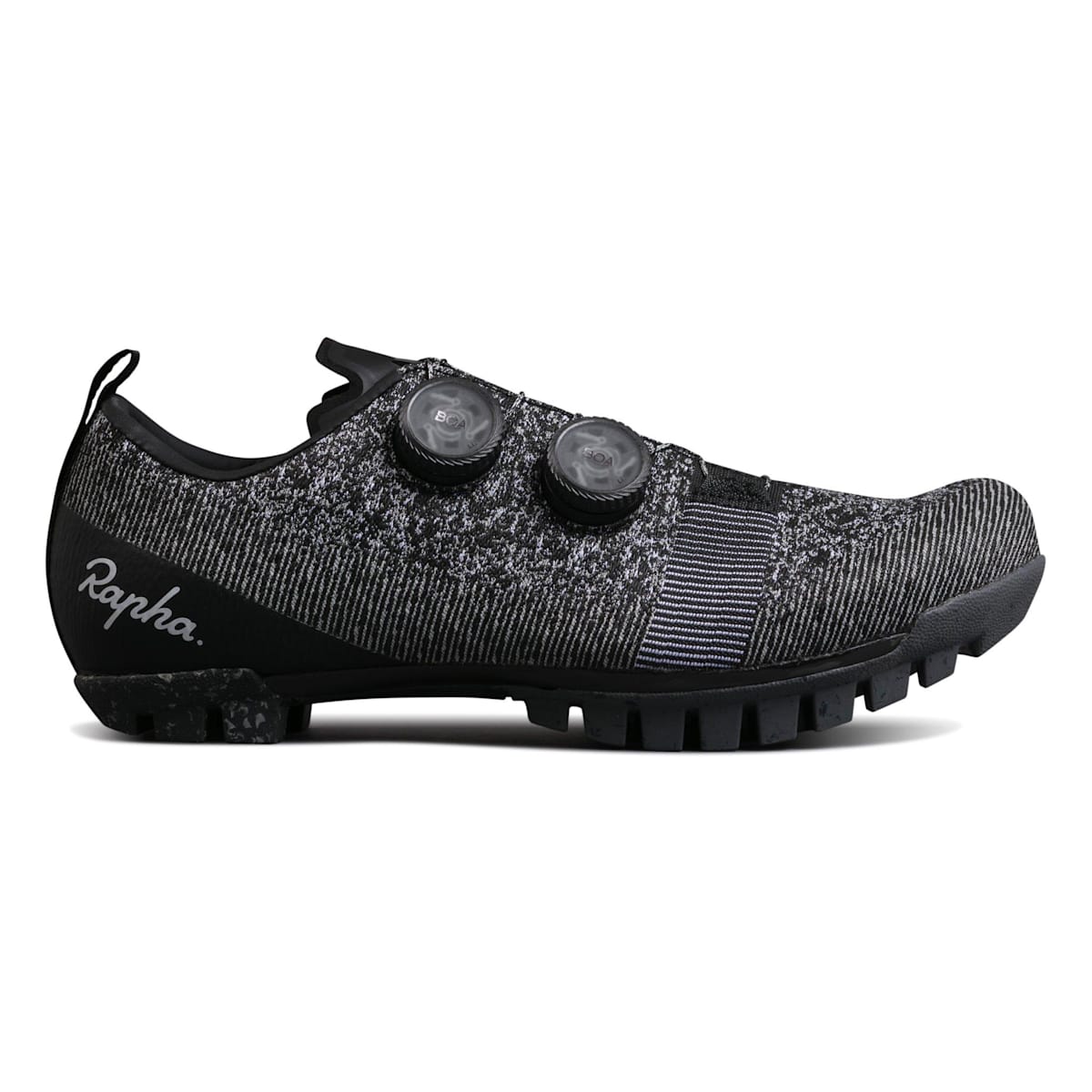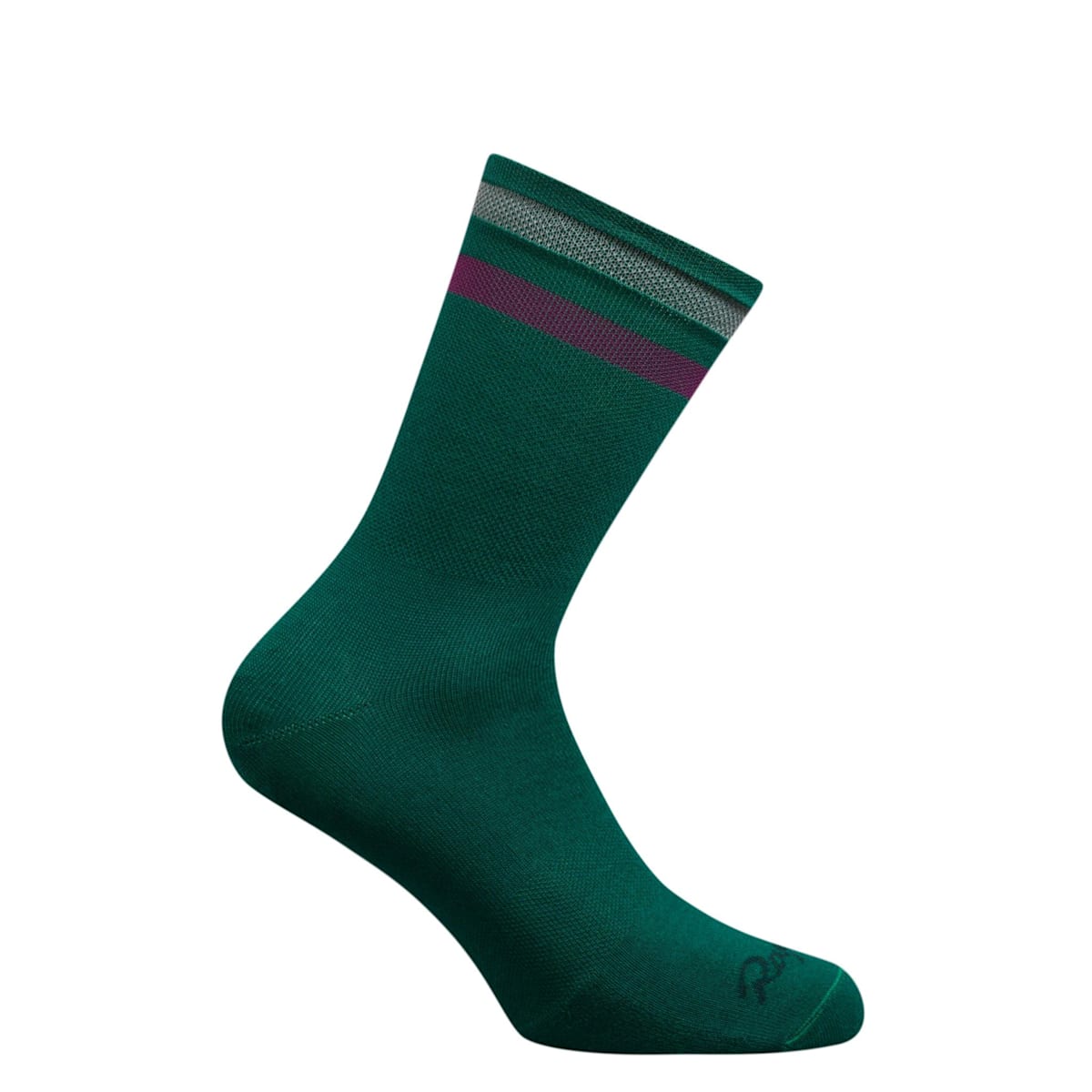The Rapha Continental began in the USA’s Pacific Northwest with a man called Daniel Wakefield Pasley (DWP), who initially pitched the idea back in 2004. At that point Rapha had just arrived on the scene, launching in July during the Tour de France with a handful of distinctive products and a curious website. Twelve years on DWP recollects:
The Rapha Continental: The Art of Cycling
A look back with Joe Hall at the inception of The Rapha Continental back in 2004.
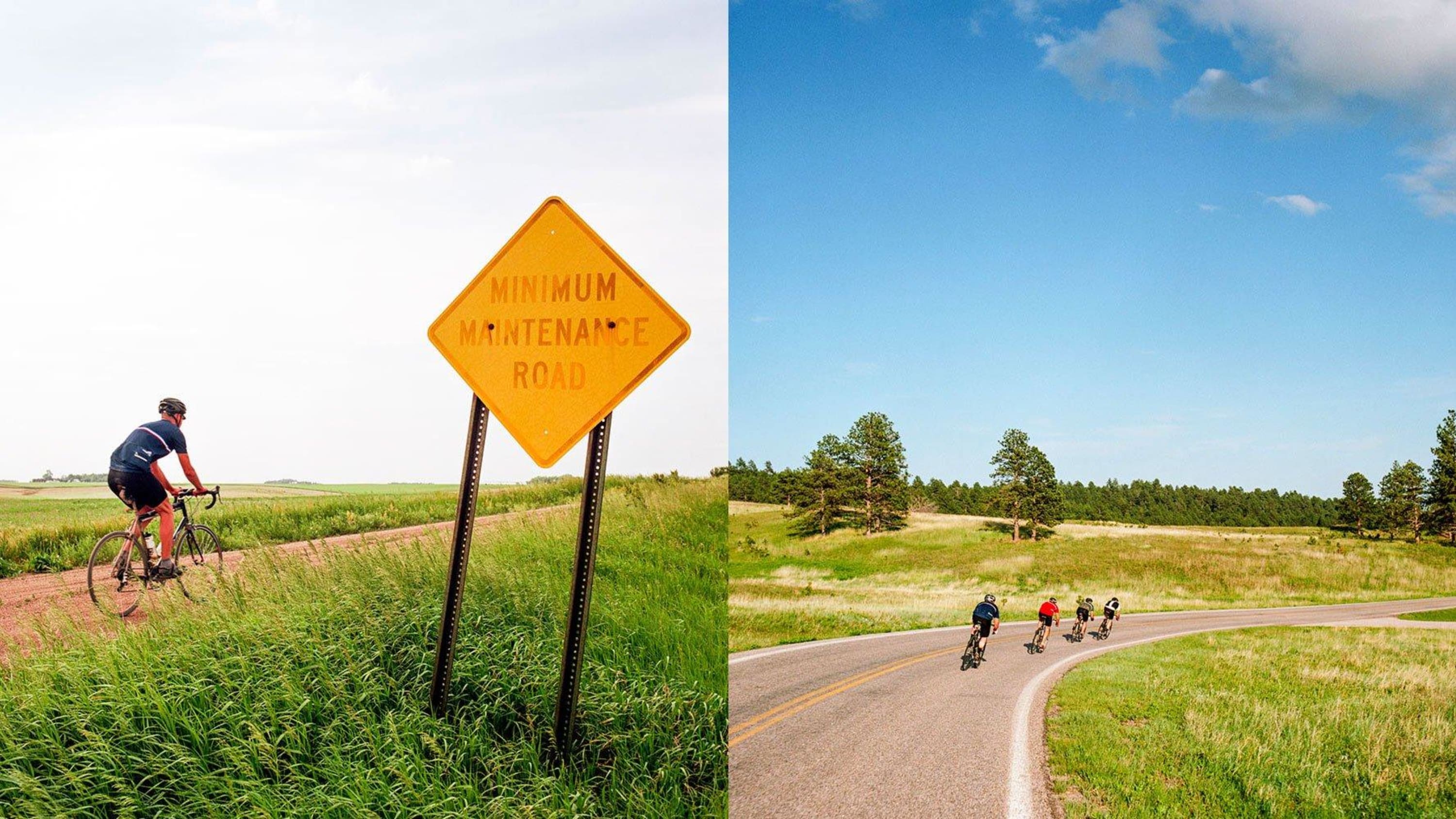

“In 2004 I was riding bikes a lot, attempting freelance writing and art direction, but trying to do something beyond that. One day my friend Greg Keeling sent me a link: www.rapha.cc. At that point the Rapha site couldn’t have been live for more than a few months. Back then online PR didn’t exist, there weren’t any cycling blogs, there was no Instagram, it was all still rudimentary; the dark before the dawn of social media. Anyway, this website, I fell in love with it. It took me about three minutes to realize that this was it, this was the future of cycling. It wasn’t a religious experience exactly but it was, for me, the near perfect intersection of sport, fashion, philosophy and design.”
So, seeing and reading the stories or ‘features’ contained within www.rapha.cc that uncovered the mysterious world of road riding, alongside these new and different products, DWP pitched a long range proposal to Rapha:
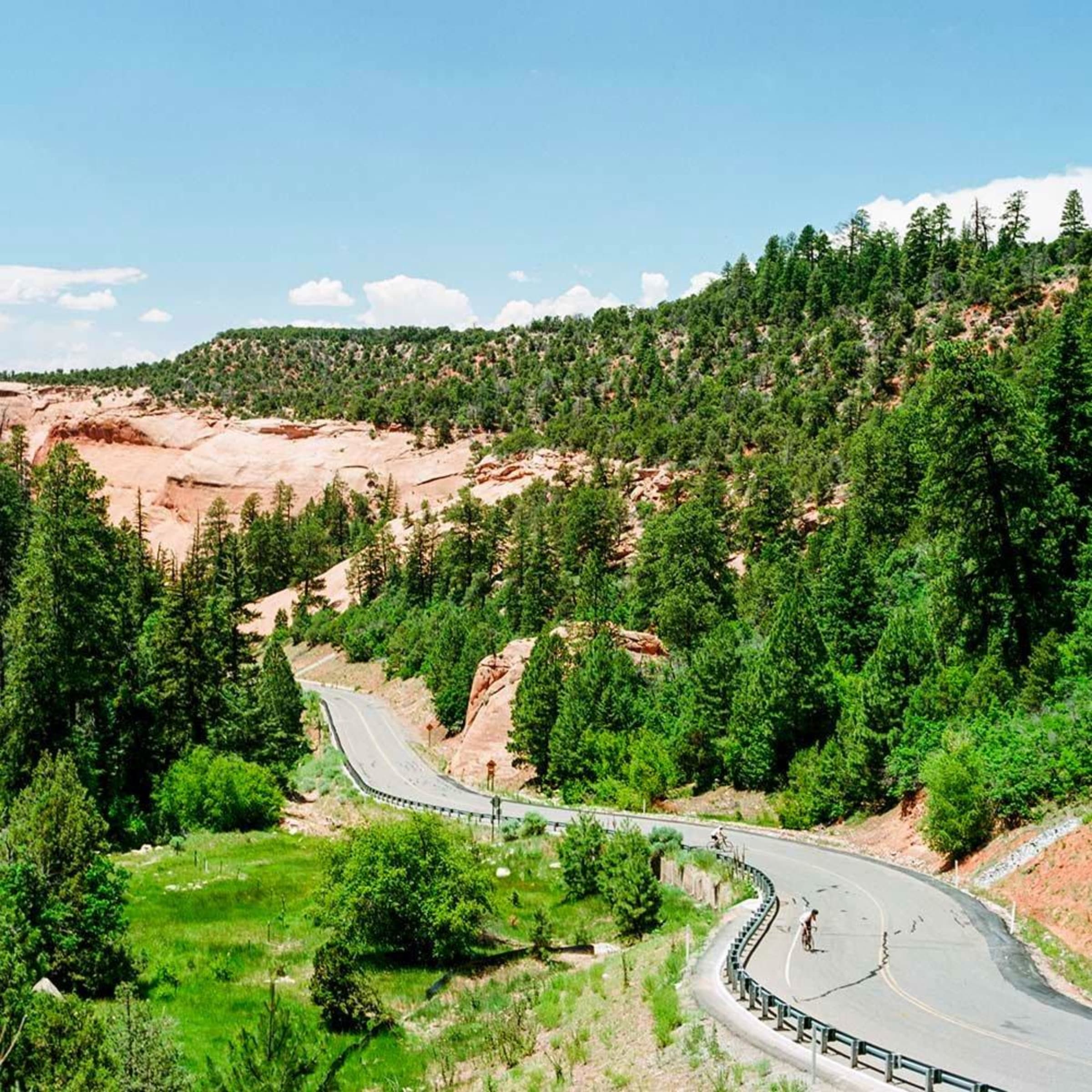
“The email I sent to info@rapha.cc was a sprawling mess. 2004 was an election year, George W Bush was the incumbent running against John Kerry. I spent at least two paragraphs apologizing for America’s politics. In particular George W Bush. I’m not sure if it’s irony or serendipity, or some kind of unseemly combination, but as I write this email, Donald Trump is crushing the Republican primaries. So, again, sorry… Anyway, yeah, the email was this somewhat insane shot in the dark. I had no idea who would answer it, or how big Rapha was, so my theory was to be as memorable and entertaining as possible. Somewhere in there I alluded to a type of riding beginning to flourish in America. Riding that involved a lot of backroads and longer self-supported journeys. Not touring, not randonneuring, but certainly not racing either. And that’s what I proposed Rapha should focus on in the USA.”
It began with four riders, a photographer and a battered GMC van. Going in search of the ‘lost art of cycling’ as it was at one stage described.

“That style of riding didn’t really have a name yet. I think the people who were doing those kinds of rides, especially in the Pacific Northwest, just called them “rides.” Like, “Hey, it’s Sunday tomorrow, want to see if we can ride all the way over Lolo Pass to Hood River and back before it gets dark?” For me, then, and now, it just comes down to the idea of adventure. It turns out that road bikes are a really good tool for adventure. But not many people knew that then. Dudes would come to a spot at the end of a paved road where it turned to gravel and, literally, turn around. Like, nope, can’t go any further, not on this bike. Like it (their bike) would explode or something.
After a number of emails, quite a few months (maybe even close to a year), and several major iterations to what would become the blueprint to the Rapha Continental, I got the okay. I knew then that on some level the Continental was going to be a game changer.”
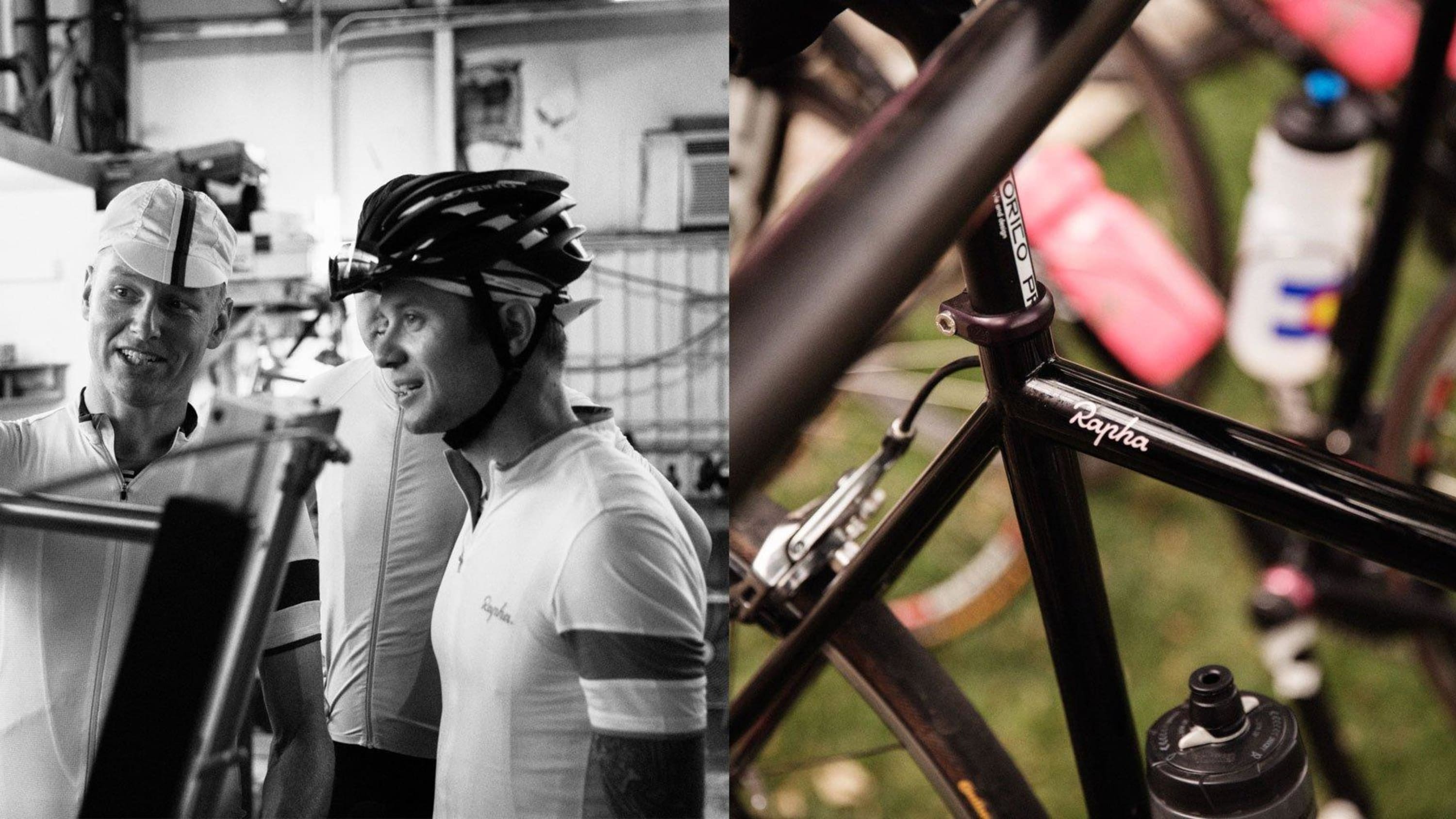
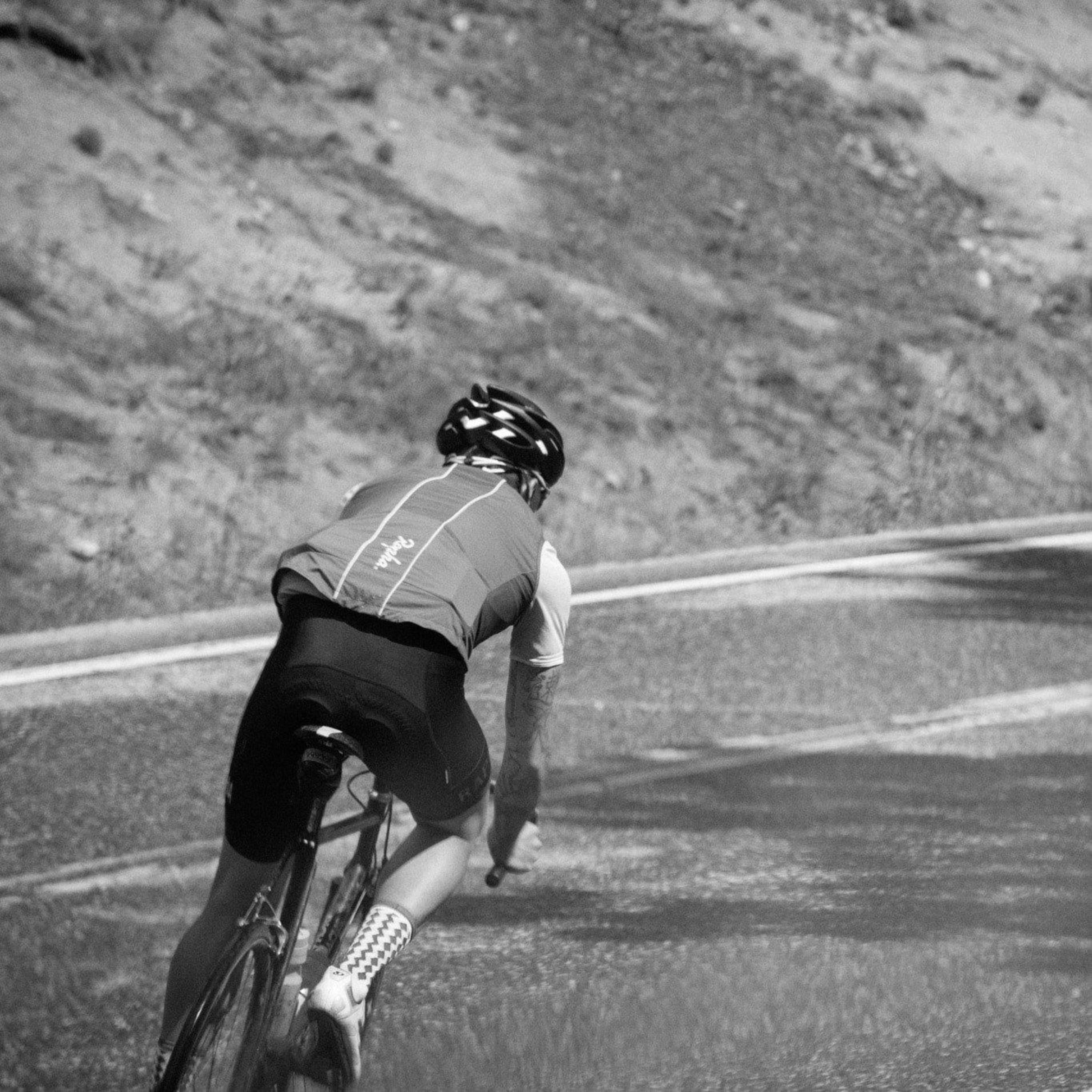
“Really it’s as much about your state of mind as where you are. The rider makes the experience and the bike is just the ultimate accessory.”
– Ira Ryan
As it grew in momentum and form with the bikes, the riders and, of course, the kit, the Continental became – to ape DWP’s expression – a near perfect intersection of style, design, character and cycling. But how did the crew come together? Was there a recruitment drive?
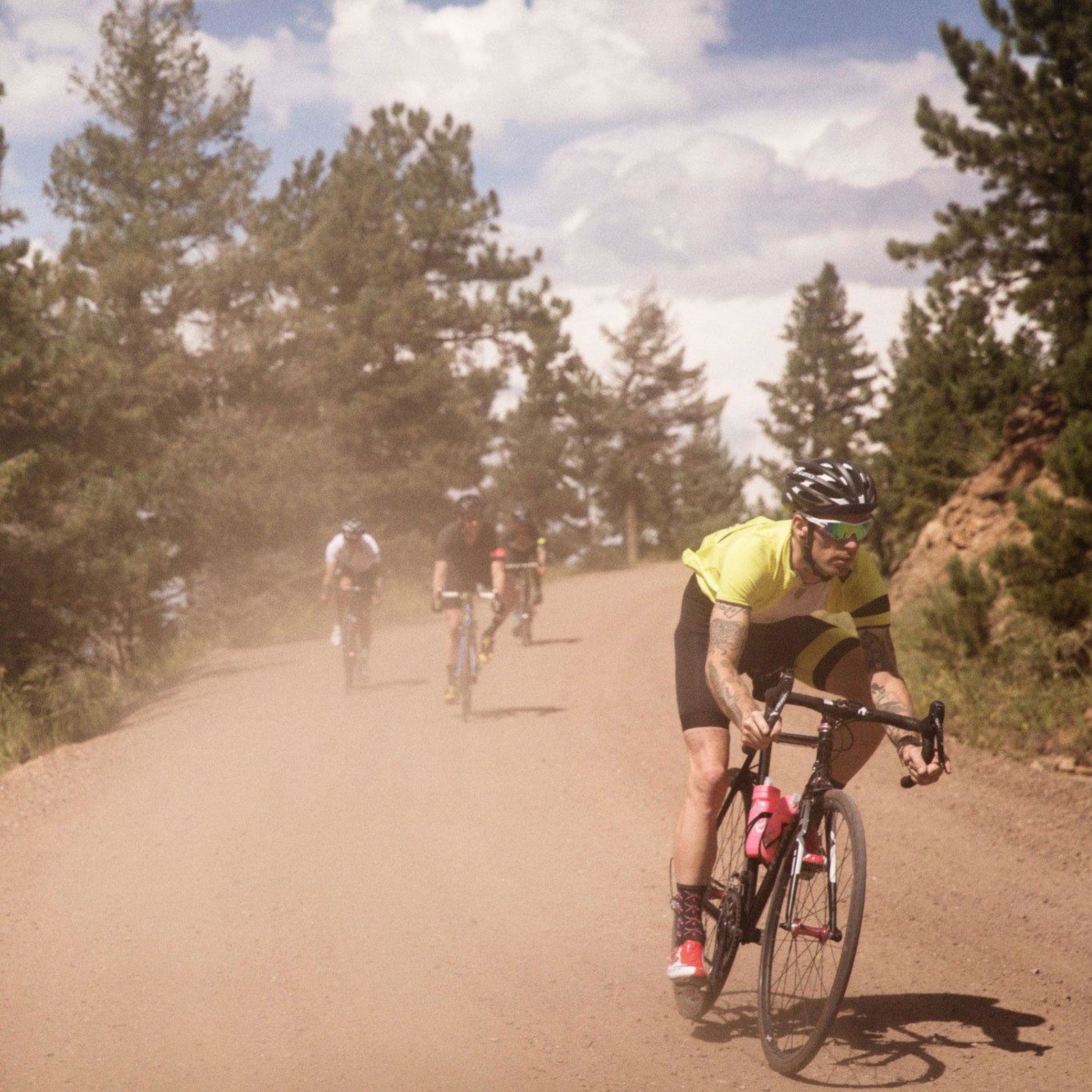
“The crew was easy to put together. I was surrounded by dudes who were doing exactly that kind of riding as often as possible. It was basically a combination of my close friends (Aaron, Greg and Ira), and some guys I knew and respected that rode for a team called the Gentle Lovers (Hot Sam and Evil Ryan). I’m sure it was stressful, and there were probably some negotiations at times, but from this vantage now, I remember it being very natural. That goes for finding the right photographers too – Dan Sharp and Brian Vernor – I think they’re as important as the riders as they set the tone and made the whole thing a reality.”
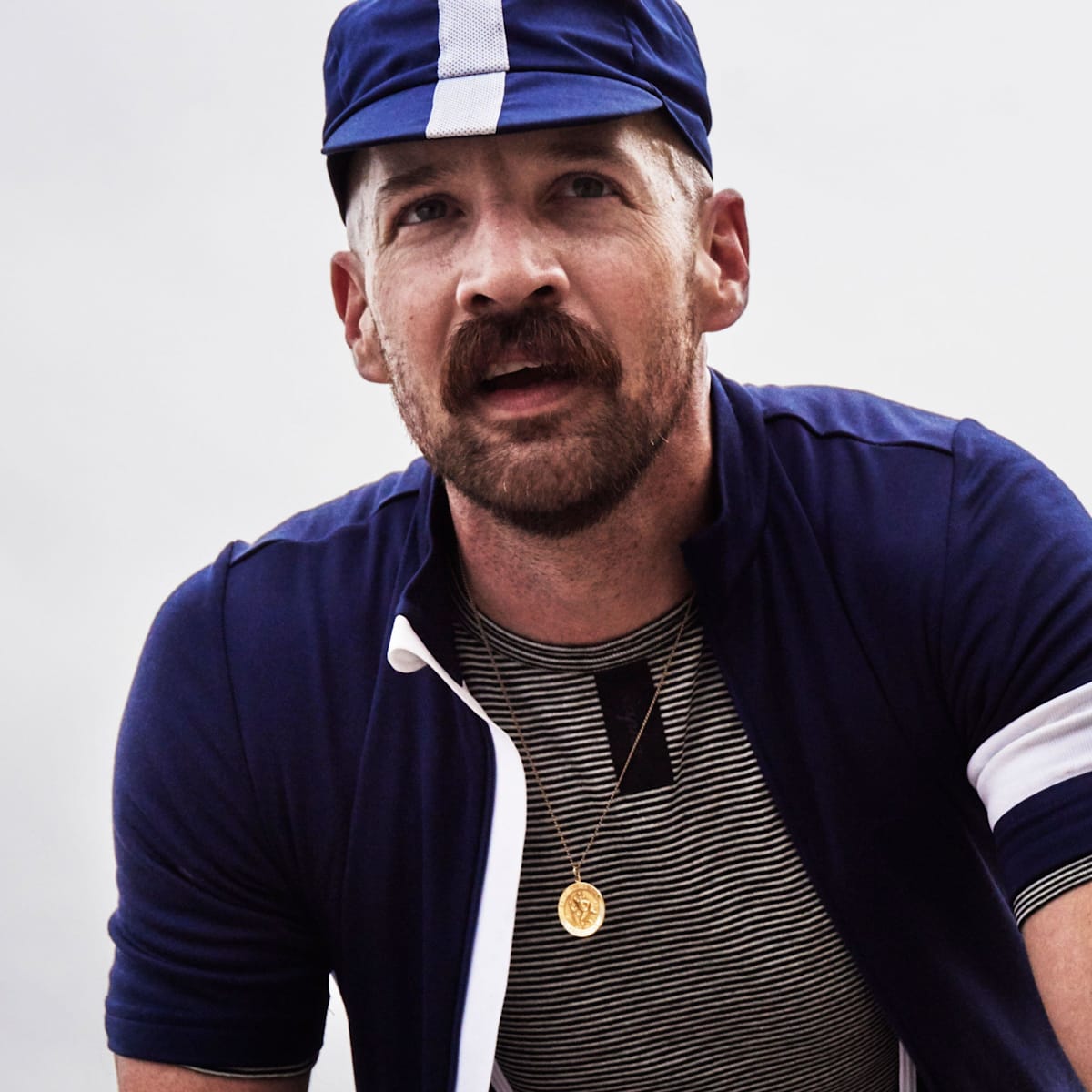
Cole Maness
Cole Maness’s ability to find interesting artefacts on the roadside, bunny hop coyotes and cultivate exquisite facial hair are mere distractions from his ability as a rider.
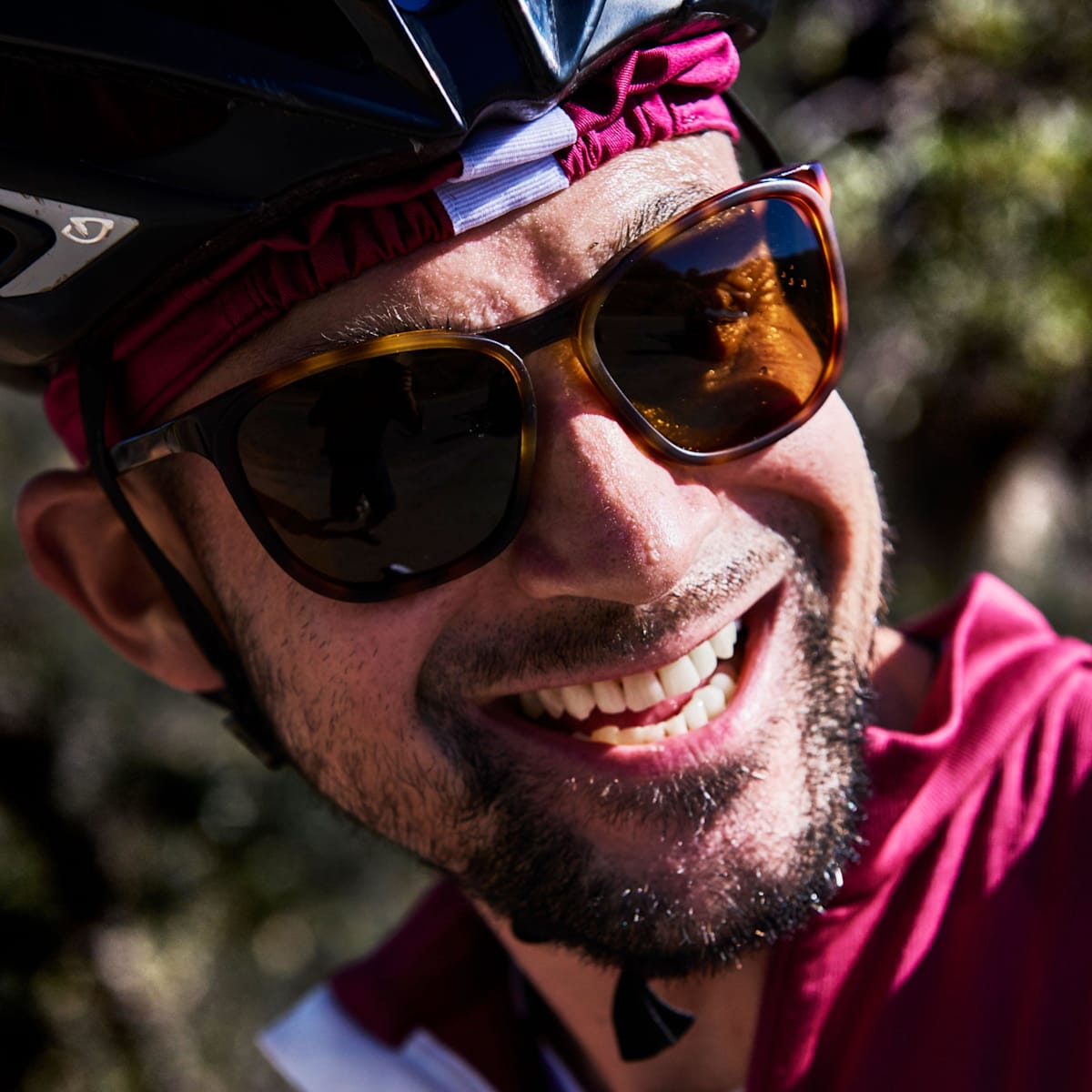
Pete Rubijono
The mercurial Pete Rubijono, difficult to say where he is right now but chances are he’ll pop up on a road bike and tell you an interesting story along the way.
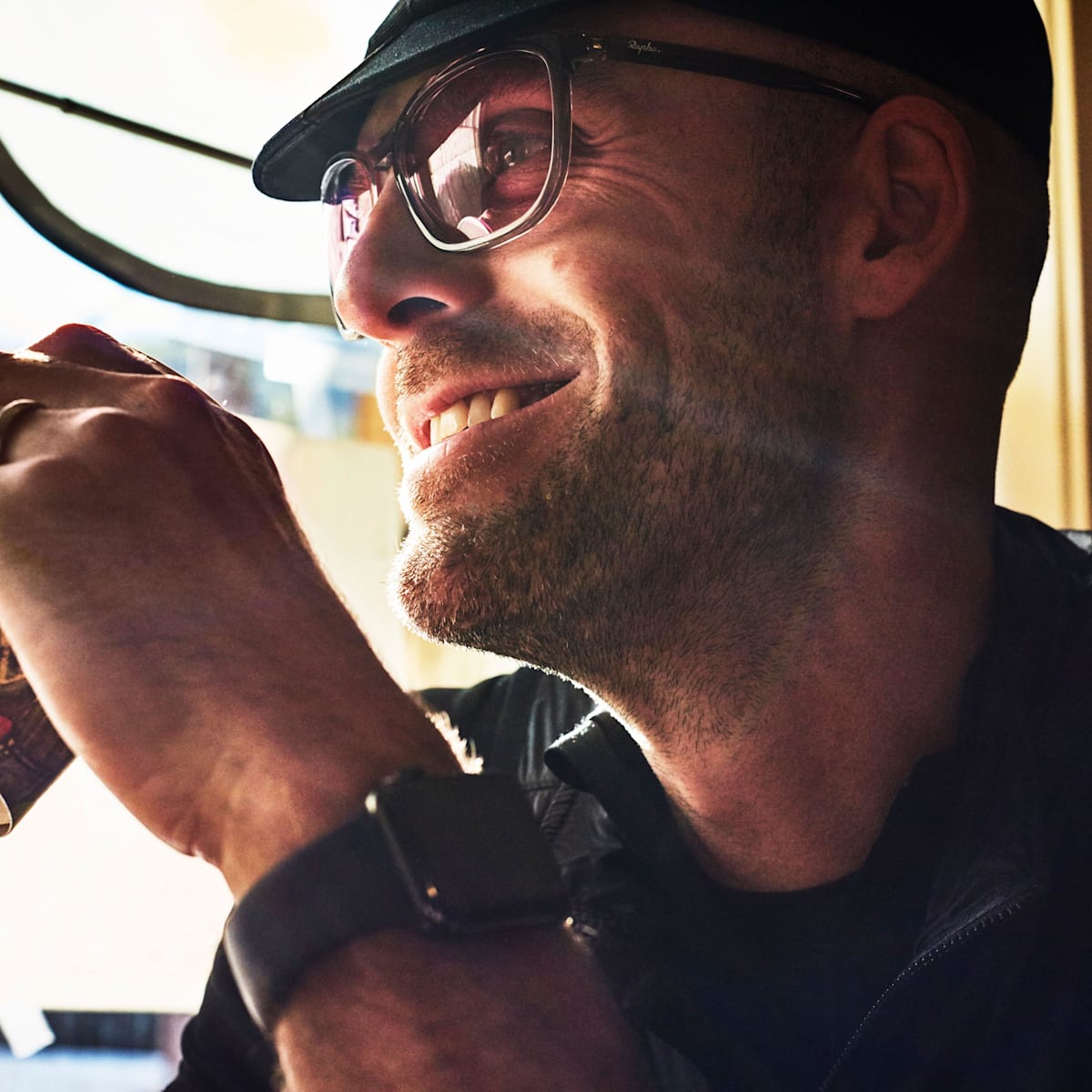
James Selman
An ‘energy god’ with tremendous glutes and a tough riding demeanour. When not driving the group, Selman makes words and pictures come to life for some big clients.
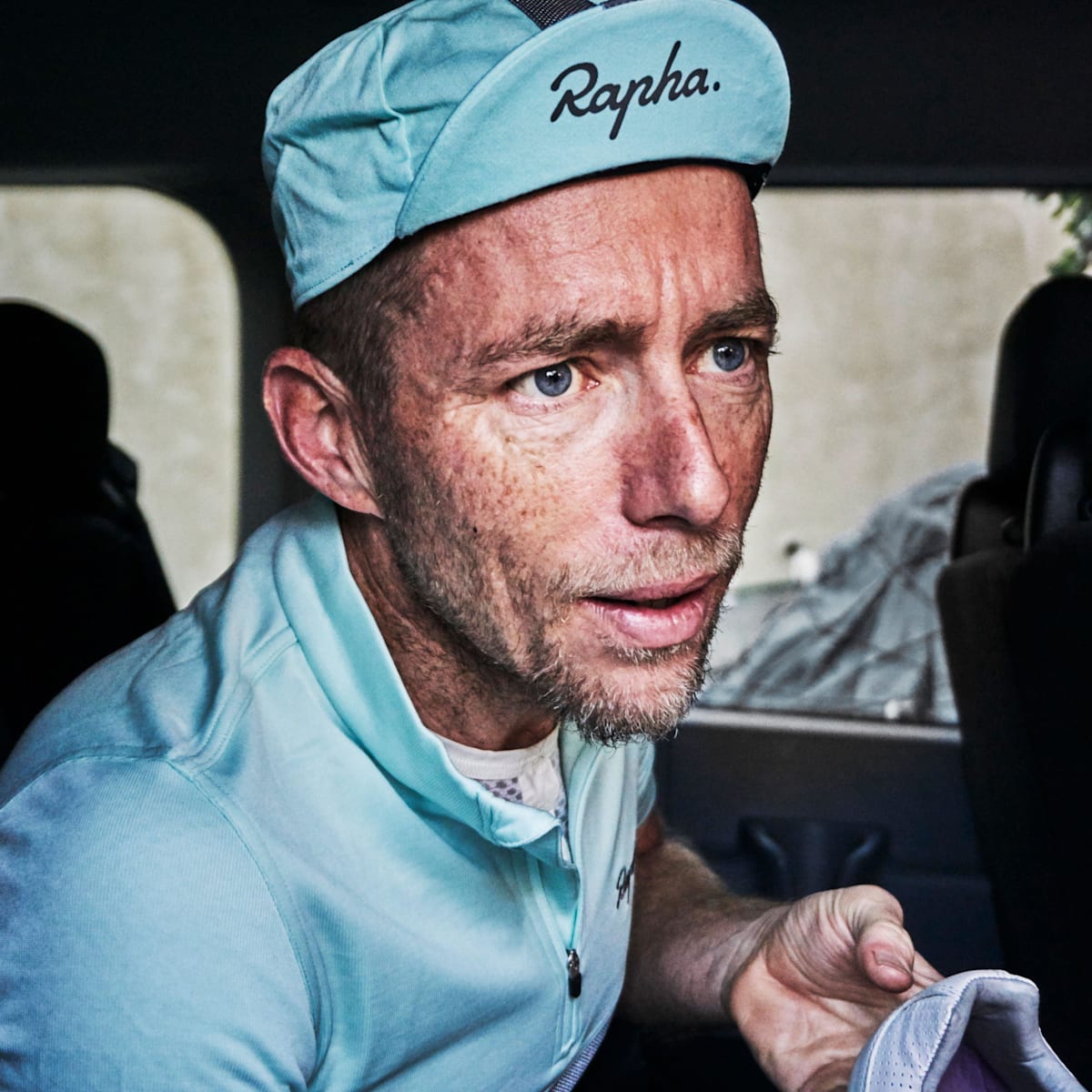
Ben Lieberson
The laid-back but hard-riding L.A. resident, originally from North London, is kind of a cycling mystic. You’ll see this man everywhere, but not before he sees you.
“It’s a unique travelling experience”
– Jeremy Dunn
“It has taken people from all over the country to make this whole project come together.”
– Aaron Erkbeck
“It’s pushing the limits of what you can do on a road bike, extending the definition.”
– Pierre Vanden Borre
“It wasn’t just an act of riding a bike, it was always a far more emotional and far more ethereal practice than just pedalling.”
– Joe Staples
“I guess that’s the closest I get to religion.”
– James Selman
“I’m my purest sense of myself when I’m riding. It’s euphoric.”
– Aaron Erbeck
There’s tough love, tough luck and then there’s tough fun. Pushing yourself, suffering, but doing so in the company of great friends and in amazing territories. It does not get much better than that. And so, in spirit, the Rapha Continental remains, for many, the purest expression of what riding a road bike is about.
